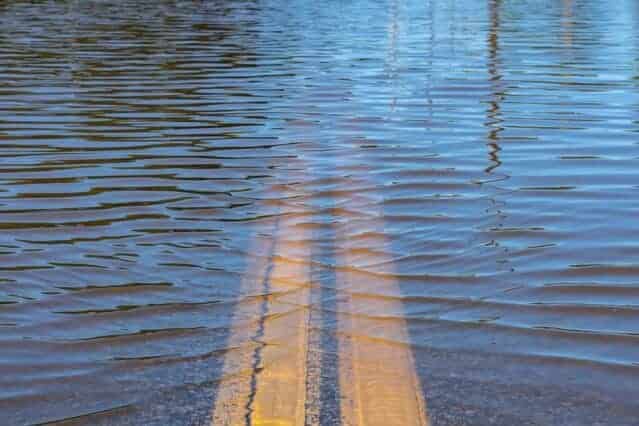Here’s a question that Stanford climatologist Noah Diffenbaugh gets asked a lot lately: “Why did California receive so much rain lately if we’re supposed to be in the middle of a record-setting drought?”
Go to the web site to view the video.
When answering, he will often refer the questioner to a Discover magazine story published in 1988, when Diffenbaugh was still in middle school.
The article, written by veteran science writer Andrew Revkin, detailed how a persistent rise in global temperatures would affect California’s water system. It predicted that as California warmed, more precipitation would fall as rain rather than snow, and more of the snow that did fall would melt earlier in the season. This in turn would cause reservoirs to fill up earlier, increasing the odds of both winter flooding and summer droughts.
“It is amazing how the state of knowledge in 1988 about how climate change would affect California’s water system has played out in reality over the last three decades,” said Diffenbaugh, a professor of Earth System Science at Stanford’s School of Earth, Energy & Environmental Sciences.
Diffenbaugh, who specializes in using historical observations and mathematical models to study how climate change affects water resources, agriculture, and human health, sees no contradiction in California experiencing one of its wettest years on record right on the heels of a record-setting extended drought.
“When you look back at the historical record of climate in California, you see this pattern of intense drought punctuated by wet conditions, which can lead to a lot of runoff,” said Diffenbaugh, who is also the Kimmelman Family senior fellow at the Stanford Woods Institute for the Environment. “This is exactly what state-of-the-art climate models predicted should have happened, and what those models project to intensify in the future as global warming continues.”
That intensifying cycle poses risks for many Western states in the decades ahead. “In California and throughout the Western U.S., we have a water system that was designed and built more than 50 years ago,” Diffenbaugh said. “We are now in a very different climate, one where we’re likely to experience more frequent occurrences of hot, dry conditions punctuated by wet conditions. That’s not the climate for which our water system was designed and built.”
Viewed through this lens, the recent disastrous flooding at Oroville Dam and the flooding in parts of San Jose as a result of the winter rains could foreshadow what’s to come. “What we’ve seen in Oroville and in San Jose is that not only is our infrastructure old, and not only has maintenance not been a priority, but we’re in a climate where we’re much more likely to experience these kinds of extreme conditions than we were 50 or 100 years ago,” Diffenbaugh said.
It’s not too late, however, for California to catch up or even leap ahead in its preparations for a changing climate, scientists say. Diffenbaugh argues that there are plenty of “win-win” investment opportunities that will not only make Americans safer and more secure in the present, but also prepare for the future.
California could, for example, boost its groundwater storage capacity, which research at Stanford shows to be a very cost-effective method for increasing water supply. This would have the dual benefit of siphoning off reservoirs at risk of flooding and storing water for future dry spells. It would also help jurisdictions reach the groundwater sustainability targets mandated by the state’s Sustainable Groundwater Management Act.
Diffenbaugh also sees opportunities to increase water recycling throughout the state. “Our technology has advanced to a point now where we can create clean, safe water from waste water,” he said. “In fact, work here at Stanford shows that this can now be done using the organic matter in the waste water to provide an energy benefit.”
Diffenbaugh stresses that reaping the full benefits of these investments requires a recognition that the climate of California and the West has changed, and will continue to change in the future as long as global warming continues.


Just one more alarmists trying desperately to save face by claiming that everything negative which is happening is because of “man-made” climate change (from hemorrhoids to volcanic explosions and tectonic plate movements). Such nonsense completely overlooks our past as the majority of these “event” are not without precedent and not beyond the natural variations which have been going on since the beginning of the earth’s history.
I wonder what heavy duty fossil fuel machinery Noah was using to cause such a big flood. What were they doing in the 1930s to cause temperatures significantly higher than those being currently measured, even after all the data tampering by government-funded outfits like NASA and NOAA.
Just what did cause all those big drought, floods, hot spells, cold spells, and so forth in the past?